Kioxia NAND Lines HaltedKioxia (pvt) has indicated that in late January, it halted production on its semiconductor lines in Yokaichi City and Kitakami City in Japan after it was discovered that impurities entered the production system for the company’s 3D NAND Flash lines. The company’s conventional 2D NAND flash production is not expected to be affected and no time frames as to when the lines would be restored was given, although typically it takes ~90 days for product to go from raw wafer to finished product. Estimates for production capacity affected are ~6.5 exabytes or about 13% of the company’s output for 1Q ’22 and ~3% of the total for the year, with the combined Western Digital (WDC) (Kioxia partner)/Kioxia NAND flash share in 3Q ’21 ~32.5%. NAND Flash prices are expected to increase between 5% and 10% in the 2nd quarter as a result of the closures as opposed to the pre-closure forecast of down 5% to 10%, and the news caused competitors Samsung Electronics, SK Hynix (000660.KS), and Micron (MU) stock prices to jump. This latest issues follows a number of unusual production issues that have faced the semiconductor industry over the last few months, including fires, power outages, and weather issues adding to the supply issues that were already facing the space.
0 Comments
HKC Gets “Listed” |
AuthorWe publish daily notes to clients. We archive selected notes here, please contact us at: [email protected] for detail or subscription information. Archives
May 2025
|
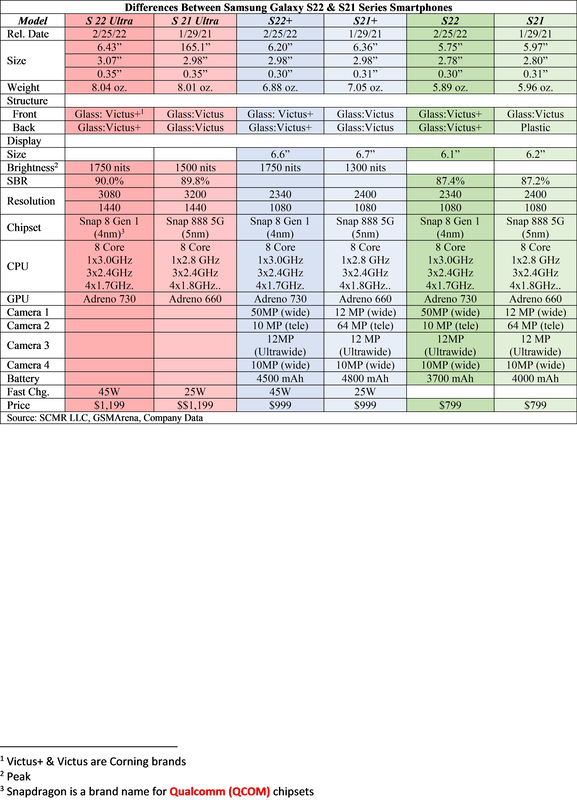




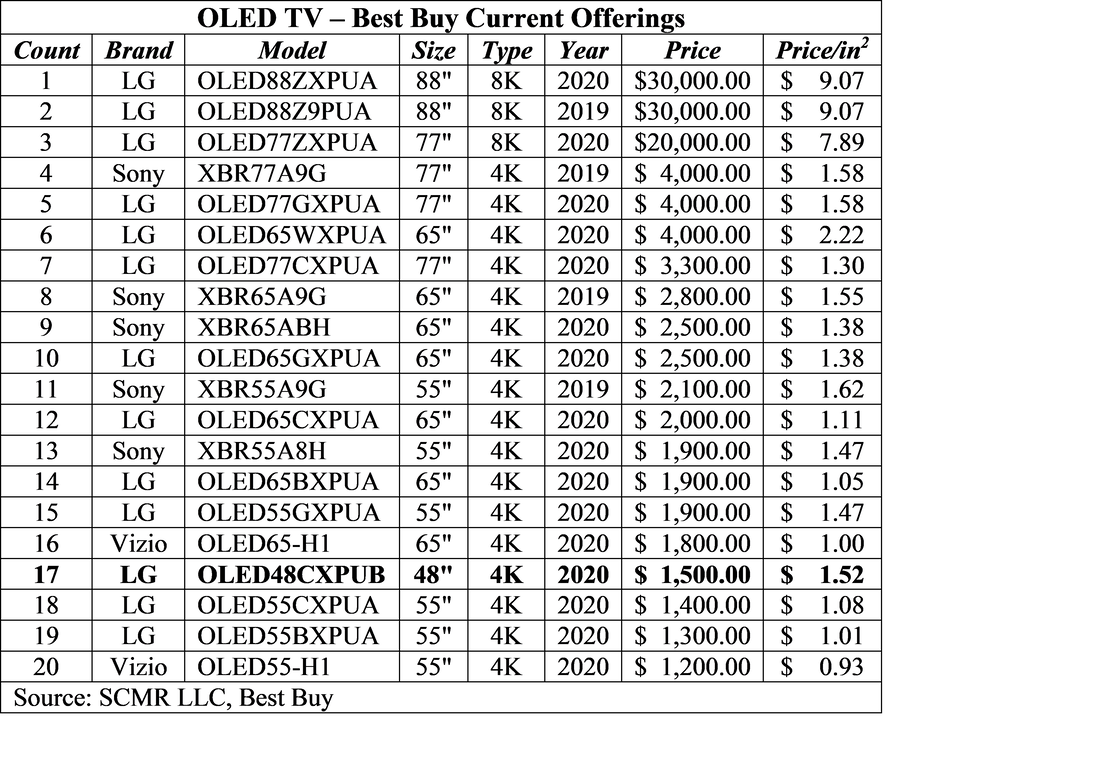
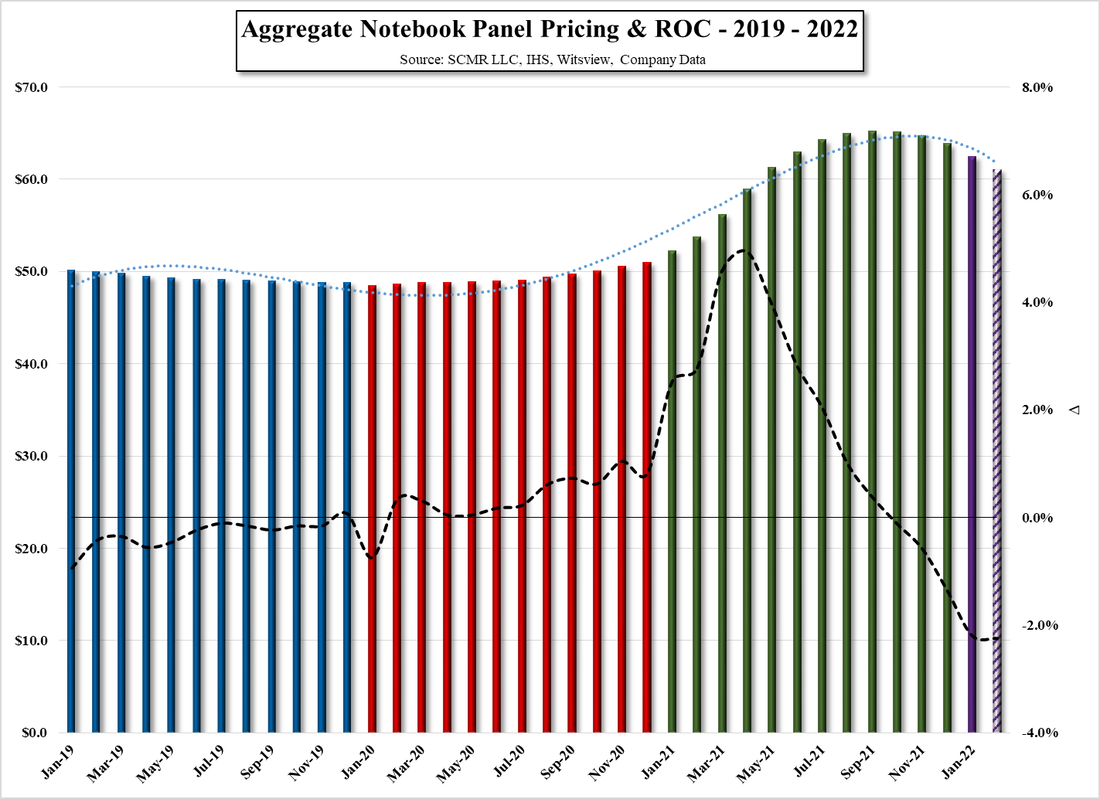
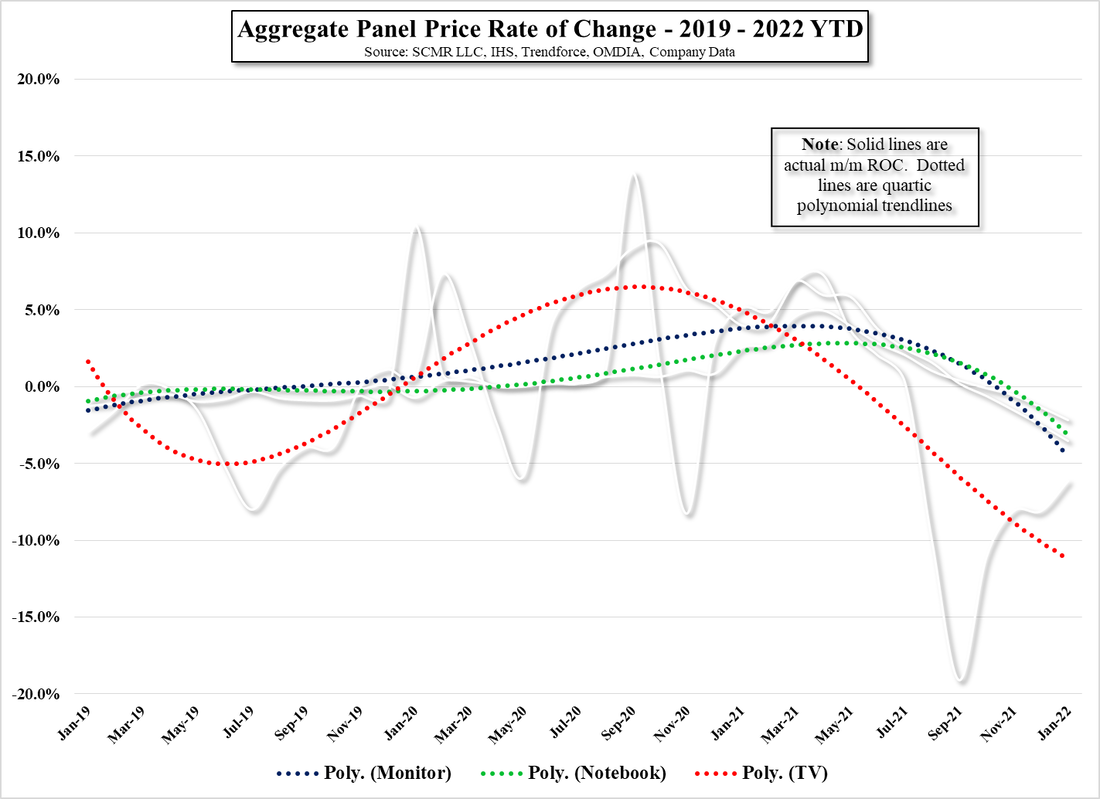
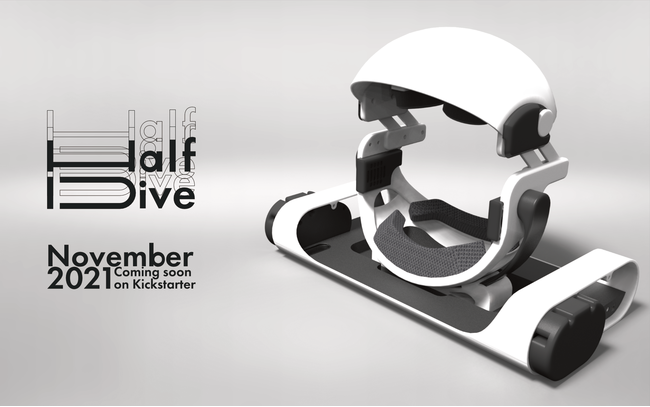
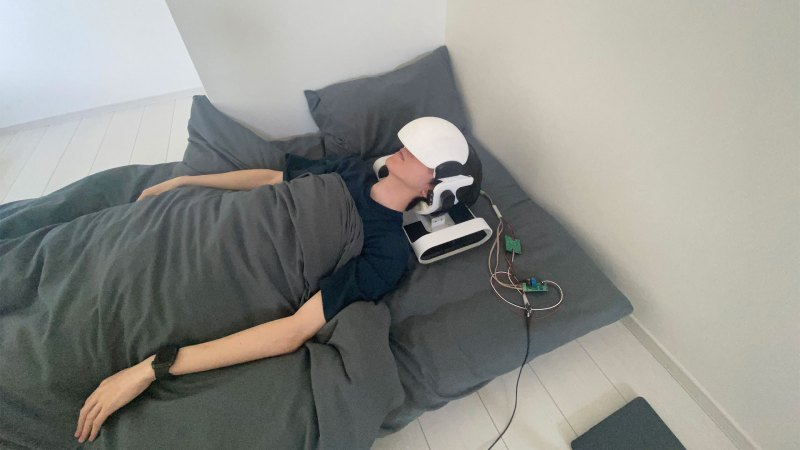
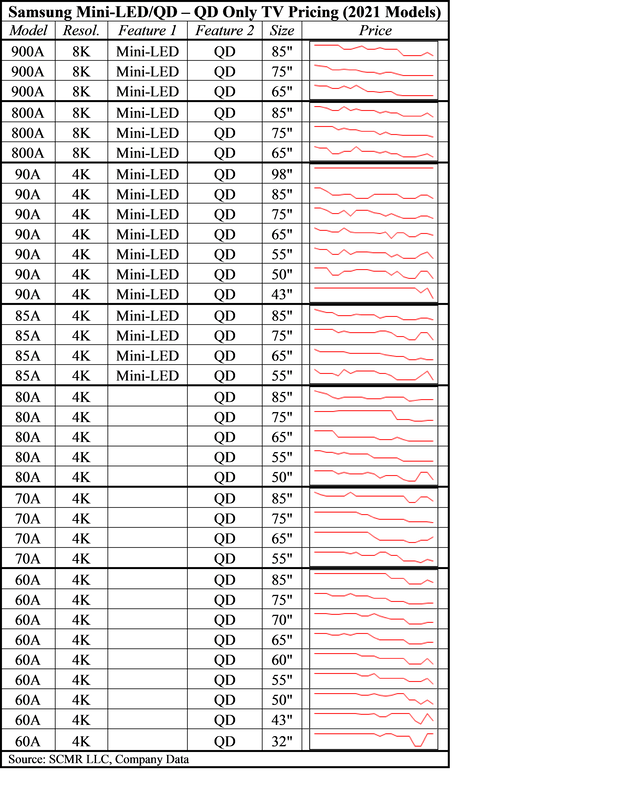
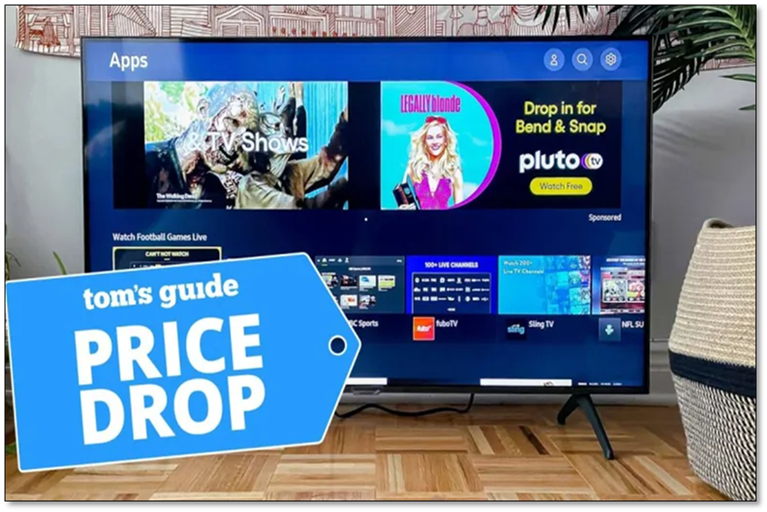
 RSS Feed
RSS Feed